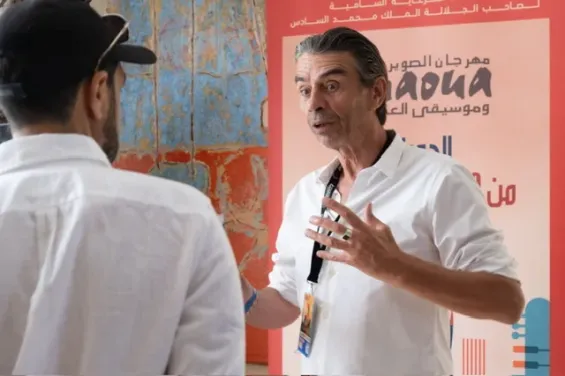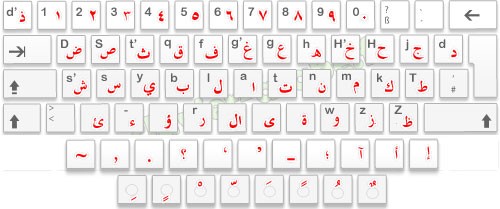How do you assess the evolution of migration policy in Africa, particularly in Morocco? Are African countries still under European influence, or are they asserting their own vision more strongly?
That’s a broad question. To put it simply: for a long time, migration policies were shaped solely from the perspective of destination countries—namely, the West. Migration flows were either restricted, organized, or redirected. But the world has changed. We are no longer in the era of empires. Countries of origin, or transit countries, have started to be integrated into migration policies. We’re no longer working only with immediate countries of origin, but also with those on the periphery.
And what does this periphery offer? It allows for the anticipation of departures, the blocking of arrivals, or the «storage» of migrants. Migration has become a diplomatic issue. The link between migration and development has been explored, and we’ve started thinking in terms of larger geographic zones. It became clear that migration is not linear. People don’t leave point A to go directly to point B, they often pass through five or six countries. «South-South» migration often precedes «South-North» migration. And all of this means that countries previously on the margins of migration policy, like Morocco, are now becoming central. We see the same dynamic in Southeast Asia, along China’s borders, or between Papua New Guinea and Australia.
The world is changing. Today, we can map migration across three categories: destination countries, origin countries, and intermediary countries. This is a new reality and it’s the future. Morocco finds itself between two worlds. It is no longer just a country of departure, which it still is, nor merely a country of destination, which it is increasingly becoming, although that perception is not yet widespread. It is also a key transit country, a mediator between North and South.
Is migration becoming a political issue in its own right?
It already is. We’re witnessing the commodification of migration flow management. There’s a transactional relationship between wealthy and poorer countries, and that relationship generates potential financial gain. Look at Libya, or the EU-Turkey agreement, it’s massive. The same applies to Tunisia and Italy, or the UK’s plan to send migrants to Rwanda. They were talking about more than €110,000 per migrant!
So yes, there is a migration economy. It has long existed informally, through smugglers, in the Sahara, the Mediterranean, the English Channel. But today, this economy is being institutionalized. States and major international organizations are taking hold of it. And it’s not stopping anytime soon. The model of «peripheral camps» is becoming entrenched. It was tested on the Rohingya, on Syrian refugees. Tomorrow, it will apply to climate migrants. We will pay Southern countries to host 2, 3, even 10 million people. It will be outsourced migrant management.
And this model isn’t limited to poor countries. There’s a logic: yes, a migrant costs money, but yes, a migrant also generates revenue. It’s harsh to say, but it’s reality. And we prefer for it to happen far from home. And that instinct isn’t uniquely European, Moroccans also prefer that it doesn’t happen in their own country.
In light of these changes, where do you think we’re headed?
Toward an institutionalized outsourcing model, a fully assumed political economy of migration, and the multiplication of buffer zones. We are entering a new logic where migration becomes a diplomatic lever, even a tool of geopolitical pressure. We saw it with Turkey and Europe. We see it with Morocco and Spain. With Tunisia and Italy. With Libya, despite its instability.
Countries acting as intermediaries are becoming indispensable players. They negotiate, bargain, resist, or cooperate. It’s no coincidence that the African Union chose Rabat as the headquarters of its Migration Observatory. Morocco is not an isolated case, but rather an emblematic example of these global shifts.





 chargement...
chargement...

















